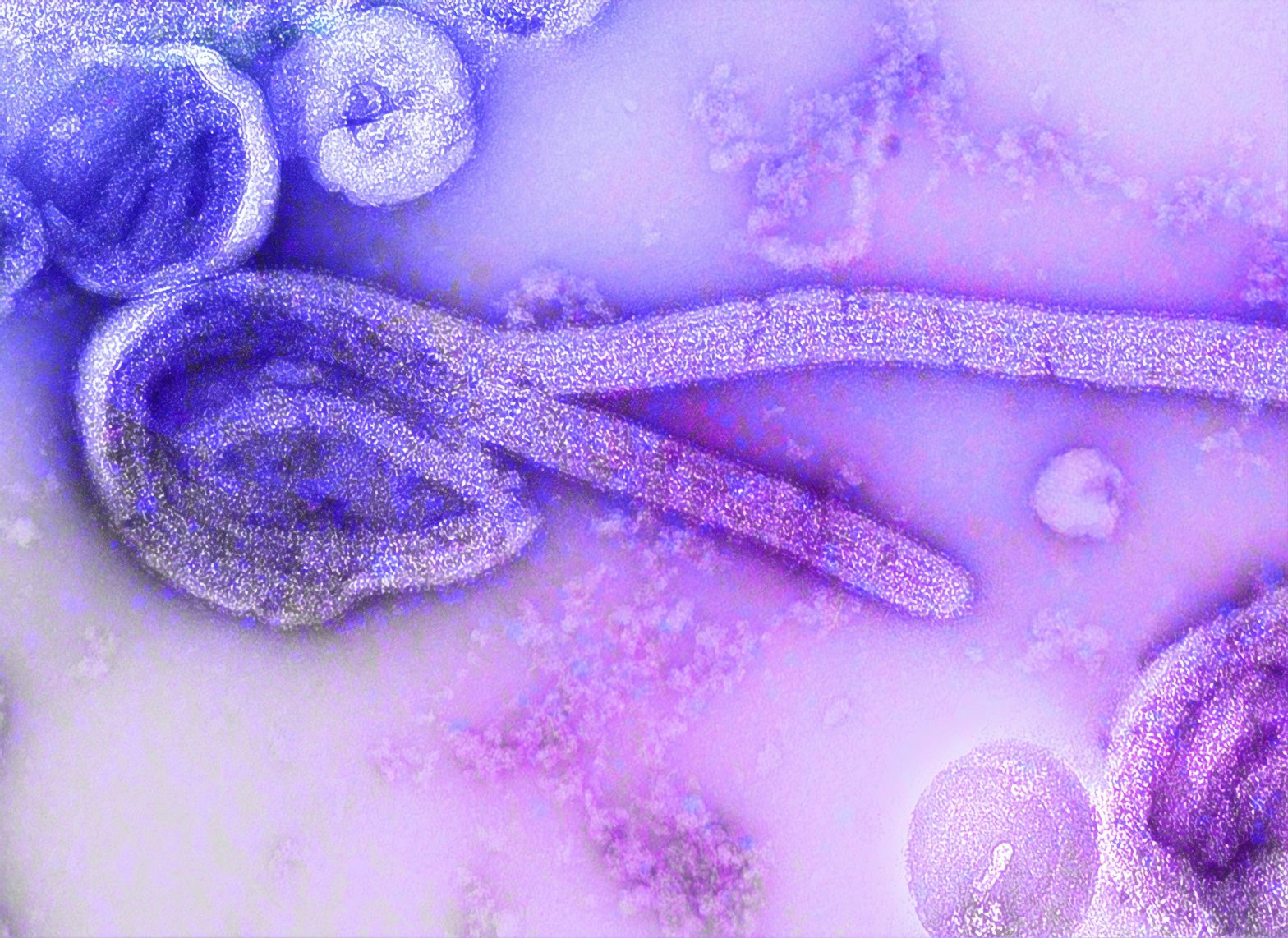You’ve probably heard of Ebola, and maybe even Marburg or Lassa fever, but what exactly do these viruses have in common — aside from sounding like titles of disaster movies? They’re all part of a terrifying family of diseases called viral hemorrhagic fevers, or VHFs for short. And while their names alone might send a shiver down your spine, understanding them doesn’t have to.
Let’s break down what makes VHFs so unique, how they spread, and what the chances are of stumbling across one in your lifetime. (Spoiler alert: the odds are probably lower than getting struck by lightning unless you’re in a high-risk area.)
What Exactly Are Viral Hemorrhagic Fevers?
VHF is a term for a group of illnesses caused by several distinct families of viruses. They have one key feature in common: they can affect the body’s ability to control bleeding. But let’s clear up a misconception right away — VHFs don’t make you bleed out like in a horror flick. Most patients experience only mild bleeding, like bruising or nosebleeds, though severe cases can lead to internal hemorrhaging or organ damage.
These viruses aren’t picky about their targets. They can cause fever, headaches, and muscle pain, which sounds like your average flu — until things escalate. Some VHFs lead to severe liver or kidney damage, while others cause shock or even death. The thing of nightmares, yes. But I have to remind you, again, that the odds are low of catching these diseases.
Where Do VHFs Come From?
Here’s where it gets fascinating (and a bit creepy). VHFs are zoonotic, meaning they jump from animals to humans. Rodents, bats, and insects like ticks or mosquitoes are often the guilty parties. Picture a virus lurking in the saliva of a bat or the droppings of a rat, waiting for the right moment to hitch a ride on a human host.
Take arenaviruses like Lassa fever, for example. These have a rodent reservoir — think mice that are perfectly fine carrying the virus, but can infect humans through urine-contaminated food or surfaces. Then there are the infamous filoviruses, like Ebola and Marburg, which likely leap to humans from bats.
What’s truly wild is how specific these viruses are to their habitats. You likely won’t find Ebola hanging out in an Alaskan tundra or Lassa fever vacationing in Paris. These viruses stick to regions where their animal hosts live, like parts of Africa, South America, or Asia. Then again, with global travel, patients infected with these viruses and developing these diseases could travel to parts of the world where the diseases are not naturally found.
How Do They Spread?
While some VHFs like dengue or yellow fever are spread by mosquito bites (sneaky little things), others require more up-close-and-personal contact. Think bodily fluids: blood, saliva, or even sweat. This is why outbreaks often hit hardest in healthcare settings or close-knit communities.
For instance, during the 2014–2016 Ebola outbreak, one of the biggest challenges was breaking the chain of transmission in overburdened healthcare systems where protective equipment wasn’t always available. Simple things — like proper hand washing — became life-saving interventions.
Should You Be Worried?
If you’re reading this from North America or Europe, you can breathe a sigh of relief — VHFs are rare in these parts. But for travelers to endemic regions or for those working in fields like wildlife research or healthcare in outbreak zones, taking precautions is essential. These include avoiding contact with rodents, using mosquito repellents, and practicing safe hygiene.
Fortunately, some VHFs are preventable with vaccines. Yellow fever, for instance, has a highly effective vaccine, and there are two licensed vaccines for Ebola (to be used only in places where the disease is present). Efforts are underway to develop similar protections for others.
What’s Next in the Fight Against VHFs?
With climate change, urbanization, and global travel, VHFs have opportunities to spread like never before. This is why scientists are racing against the clock to develop new treatments, vaccines, and rapid diagnostic tools. Advances in understanding these viruses’ genetic makeup could also lead to breakthroughs in stopping them in their tracks.
While VHFs may sound scary, the combination of modern medicine, public health efforts, and good old-fashioned common sense can make a world of difference in controlling outbreaks.
Some Food for Thought
So, should you start stocking up on hazmat suits? Probably not. But it’s worth marveling at how these tiny pathogens wield such power over human health — and appreciating the work being done to keep them in check. You might want to donate to organizations working in places where VHFs are present, helping local populations stay safe. And you could work on reducing the impact of climate change, keeping mosquitoes where they are now, instead of expanding their range.
Science and humanity have beaten big challenges before, and viral hemorrhagic fevers, as formidable as they seem, are no exception. For now, stay curious, stay informed, and maybe give a little extra respect to your neighborhood mosquito. (But not too much — they’re still jerks.)
